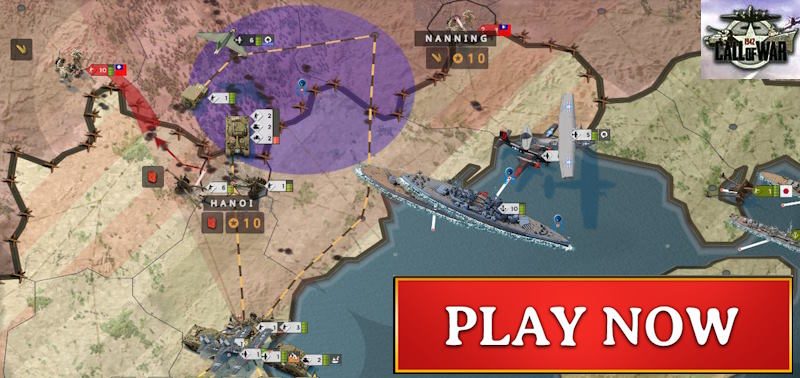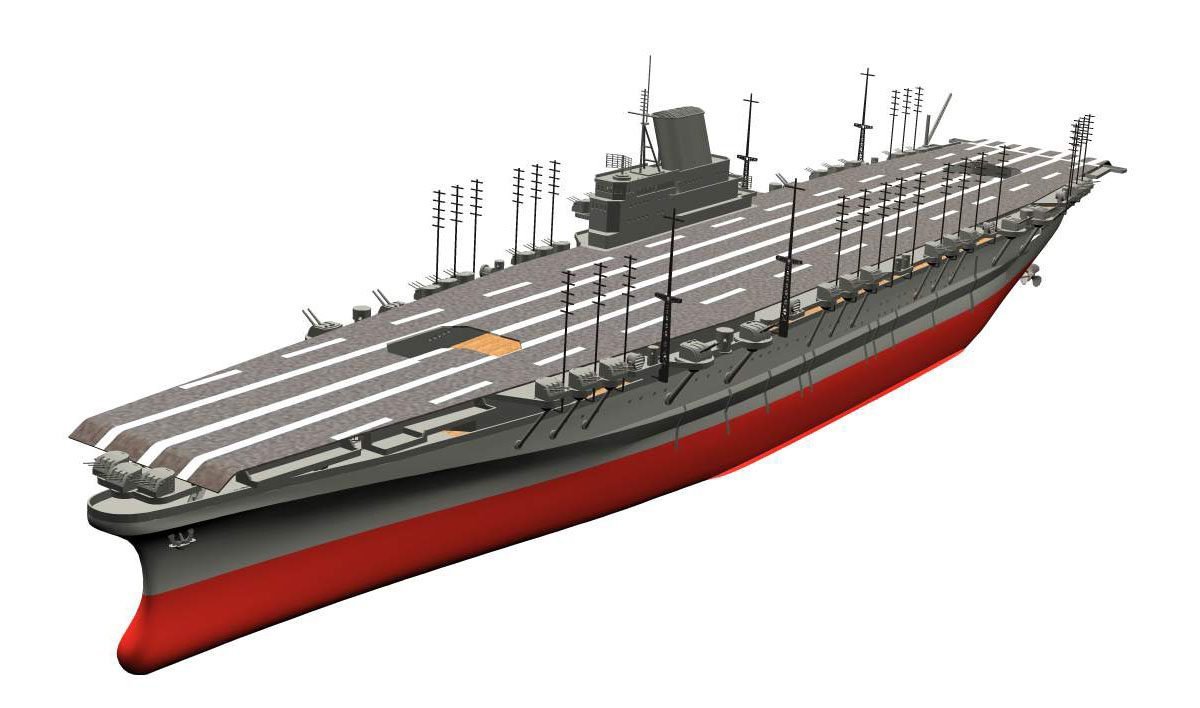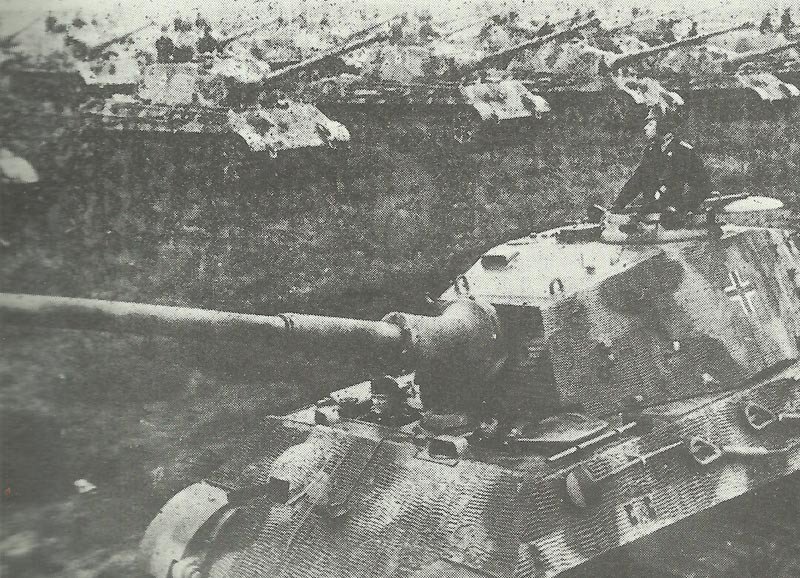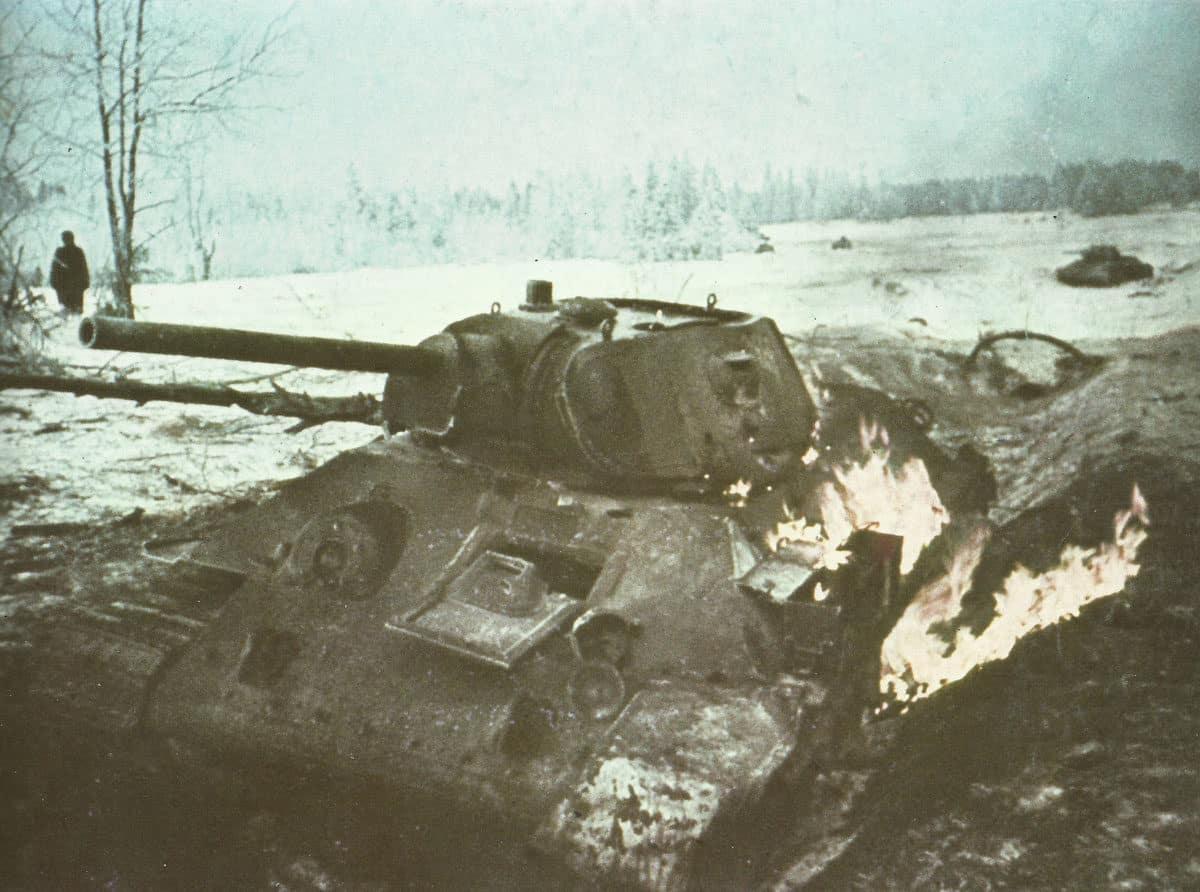Type XXIII electric coastal submarine, the little brother of the Type XXI.
History, development, deployment, specifications and pictures.

Type XXIII electric coastal submarine
Table of Contents
The German U-Boat Type XXIII represents a significant development in naval warfare during World War II. Designed primarily for coastal defense and reconnaissance missions, the Type XXIII was a revolutionary advancement in submarine technology that encapsulated the evolving strategies of the German naval forces. Emerging from the context of intensified Allied anti-submarine warfare, the Type XXIII was intended to counter these threats effectively.
This class of U-Boat was distinctive for its innovative design features which allowed for improved underwater capabilities. The Type XXIII was compact, measuring approximately 162 feet in length, and designed with a streamlined hull to enhance its hydrodynamic performance. Its most notable characteristic was its ability to operate for extended periods underwater, greatly minimizing the risk of detection compared to earlier models. The Type XXIII had the capability to travel at a submerged speed of up to 12 knots, significantly aiding in its stealth operations.
Since the Type XXIII was only developed after the defeat of the conventional submarines – such as the Type VII U-boat – in the Battle of the Atlantic and the delay in the boats with the Walter drive, it only went into production later in the war, at a time when resources were increasingly limited.
Despite this challenge, its development was important as it was designed to exploit the near-shore environment and enable the Kriegsmarine to launch surprise attacks on enemy shipping lanes around Britain. The Type XXIII was equipped with two bow torpedo tubes and also had an innovative battery system to provide power for prolonged underwater operations.
The Type XXIII was an example of the continued German attempts in submarine warfare to adapt to the changing dynamics of naval warfare.
Development
Initially, the fleet of German U-boats, including earlier models like the Type VII, had seen considerable success in disrupting Allied shipping and naval operations. However, as the war progressed, these submarines suffered significant losses due to enhanced anti-submarine warfare techniques developed by the Allies, including improved depth charge tactics and airborne surveillance. In this context, the German high command recognized the urgency of creating a new class of submarine that could operate with greater stealth and survivability.
The Type XXIII was a response to this operational need, embodying significant technological advancements. Key features included a streamlined, nearly silent design and the ability to operate for extended periods underwater without surfacing. This stealth capability was bolstered by innovations such as its electric propulsion system, which facilitated quieter movement, thereby reducing detection by enemy ships. Moreover, the U-Boat Type XXIII was smaller and more agile than previous designs, allowing it to navigate coastal waters more effectively.
The motivations behind its creation were thus dual-fold: to counteract the growing effectiveness of Allied anti-submarine strategies while providing Germany with a potent undersea weapon to protect its maritime interests. The Type XXIII, despite being produced in limited numbers due to resource constraints in the latter stages of the war, signifies a remarkable chapter in submarine development, embodying the complexities and pressures faced by German naval engineering during this critical period.
Design and Specifications
The German U-Boat Type XXIII was a marvel of submarine design, embodying advanced concepts for its time such as an all-welded single hull, and increased battery power which allowed for greater submerged speed and endurance. Let’s examine its key design features and specifications.
Dimensions and Structure
The Type XXIII submarine notably featured a small and innovative design suited for coastal operations.
Its length was approximately 34.68 meters (113 ft 9 in), with a beam of 3.02 meters (9 ft 11 in) and a draught of 3.66 meters.
This compact size resulted in a displacement of about 234 tonnes surfaced and 258 tonnes when submerged.
Constructed with an all-welded single hull, it marked a significant step forward in submarine design compared to earlier models like the Type XXI.
Propulsion and Performance
Equipped with a single diesel engine for surface propulsion and batteries for underwater movement, the Type XXIII was designed for efficiency and stealth.
These submarines could reach a surface speed of up to 9.7 knots (18.0 km/h; 11.2 mph) and a submerged speed of 12.5 knots (23.2 km/h; 14.4 mph).
Their range was limited compared to other U-boats with 2670 nautical miles at 8 knots surfaced and 194 nautical miles at 4 knots when submerged.
The incorporation of a snorkel allowed for the diesel engines to be used while submerged, greatly extending their operational capability.
Armament and Capabilities
The Type XXIII was armed with two torpedo tubes and could carry a total of two torpedoes with no reloads, favoring hit-and-run tactics.
Unlike its larger relative, the Type XXI, it was not designed to lay mines but purely focused on torpedo attacks.
Given their size, these submarines could not carry the same array of weapons as some of the larger U-boats, but they were well-suited for their intended role of coastal disruption, being capable of operating effectively in the shallow waters of the North Sea and the English Channel.
Operational History

The operational history of the Type XXIII submarine during World War II is a blend of innovative technology and the desperate measures of the Kriegsmarine in the latter stages of the conflict. These submarines represented a significant advancement but saw limited deployment.
Commissioned towards the end of the war, the Type XXIII saw limited but significant deployment in the Baltic Sea. Designed primarily for defensive purposes, the U-Boat aimed to disrupt Allied shipping and maintain control of vital maritime routes. Although the Type XXIII was introduced at a time when the tide of the war had turned against Germany, its operational history reveals the submarine’s capabilities and the military strategies employed by German forces.
The Type XXIII made its operational debut in 1944, with various U-Boats being assigned to the North Sea and Baltic operations. Despite its short service period, the submarine engaged in several notable missions. One of the most significant was the U-Boat “U-232,” which carried out attacks against Allied merchant vessels. These engagements, although limited in scope, demonstrated the submarine’s stealth and effectiveness due to its advanced electric propulsion system, which allowed for quieter and more discreet operations compared to earlier diesel-electric models.
However, the overall performance of the U-Boat Type XXIII was hindered by several factors. Limited production numbers and operational constraints meant that only a small fleet could be deployed. Additionally, with the increased effectiveness of Allied anti-submarine warfare tactics, the impact of the Type XXIII on the war was diminished. Despite its advanced technology, the submarine could not significantly alter the course of naval engagements during the latter part of the conflict. Nevertheless, the operational experiences gained from the Type XXIII provided critical lessons for submarine warfare that would influence future naval strategies.
Deployment and Missions
The Type XXIII electroboats were mainly designed for operations in the coastal waters of the North Sea, Mediterranean Sea, and Black Sea.
Their smaller size allowed them to operate where larger U-Boats would be at risk. They were positioned for swift attacks against Allied shipping lanes.
A notable submarine of this class, U-2321, launched attacks near the British coast, but many Type XXIII U-Boats were commissioned too late to see significant action.
The details of operations conducted by the Type XXIII fleet, including the infamous sinking of the British freighter Avondale Park by U-2336, underscore the active but brief combat service of these submarines in the European theater.
– The first boat of type XXIII was U-2321, which was launched in Hamburg in April 1944.
– The first boat to set sail on an enemy voyage was U-2324, which left Kristiansand (Norway) on 31 January 1945. It was followed by U-2322 on 6 February 1945.
– Only five boats carried out a total of eight war patrols.
The last attack took place on 7 May 1945 in the Firth of Forth, when U-2336 sank two British cargo ships from a convoy secured by escort vessels. Only one torpedo was needed for each freighter, which was fired from a distance of around 500 metres using passive sonar.
-
Commissioned Submarines:
- U-2321 (combat record)
- U-2336 (combat record)
- Further units including U-4712, U-2326, U-2331, U-2338, U-2342, U-2344, U-2367
-
Strategic deployment locations:
- Coastal France and Channel
- Norwegian waters
- Baltic Sea
- Firth of Forth, near Kristiansand
Fate and Aftermath
The aftermath for many Type XXIII submarines was bleak. Post-war, the victorious Allies applied measures to prevent these advanced subs from serving any future military purpose.
During Operation Deadlight, surrendered U-Boats were scuttled. A portion of the fleet never saw combat due to a training accident involving a collision. For example, U-2336 collided with another Type XXIII U-Boat resulting in casualties.
The remaining vessels faced varied fates. Some were incorporated into the Bundesmarine, the post-war German navy, and renamed—U-2367 became Hai (Shark), and U-2365 was rechristened Hecht (Pike). The operational history of these U-Boats signifies the desperate attempts by Germany to retain control of the seas, with XXIII types being among the last to be surrendered or scuttled.
- Post-war Disposition:
- Scuttled: Operation Deadlight
- Surrendered: Various locations
- Repurposed in Bundesmarine: U-2367 (Hai), U-2365 (Hecht)
- Accident: U-2336 collision during training in the Baltic Sea
Technological Innovations
The German U-Boat Type XXIII marked a significant advancement in submarine warfare technology during World War II. This class of submarines introduced several innovative features that enhanced both their operational effectiveness and survivability. Foremost among these innovations was the introduction of advanced battery systems, which represented a substantial improvement over previous U-Boat models. The Type XXIII utilized a new generation of high-capacity, maintenance-friendly batteries that allowed for extended underwater endurance, significantly boosting its stealth capabilities.
Stealth was a critical factor in the design of the U-Boat Type XXIII, which incorporated a streamlined hull to reduce drag and improve silent running. The vessel’s design elements were focused on minimizing noise and enhancing concealment, enabling it to perform covert operations without easily being detected by enemy forces. The conning tower was deliberately low-profile, which aided in reducing the vessel’s radar signature, providing a further advantage in combat scenarios.
Additionally, the Type XXIII utilized an innovative air-independent propulsion system, which allowed the submarine to operate submerged for longer periods without surfacing. This technological feat was instrumental in facilitating surprise attacks on enemy vessels, as it reduced the frequency of surfacing for air replenishment, thus enhancing the boat’s element of surprise. These advancements in submarine warfare technology did not only equip the U-Boat Type XXIII with better capabilities but also set a precedent for future submarine designs across the globe.
In summary, the U-Boat Type XXIII showcased a blend of sophisticated engineering and strategic design principles that transformed naval operations during its time. Its technological innovations served as a cornerstone for the development of modern submarines, emphasizing the importance of stealth and endurance in warfare.
Comparison with Other U-Boat Classes

The German U-Boat Type XXIII, designed during World War II, was a noteworthy addition to the fleet of U-boats that the German Navy, known as the Kriegsmarine, employed throughout the conflict. When comparing the Type XXIII to other notable classes, such as the Type VII and Type IX, distinct differences in design, specifications, and tactical uses become apparent.
The Type VII class, for instance, was the most widely used U-Boat type during the war and became synonymous with Germany’s submarine warfare strategy. With a length of around 66 meters, it had a larger displacement than the Type XXIII and boasted greater surface endurance. However, its size made it less suitable for coastal operations, which is where the Type XXIII excelled. The Type XXIII, measuring approximately 50 meters in length, was tailor-made for short-range, stealthy missions, primarily targeting enemy shipping traffic in shallow coastal waters.
In contrast, the Type IX class was designed for long-range oceanic missions. With a longer hull than the Type VII, the Type IX could carry more fuel and had a significantly larger operational range. While this advantageous range allowed for operations deep in allied territories, it was not as maneuverable or as discreet as the Type XXIII, which had a more compact design allowing for better evasion tactics along coastlines.
The tactical usage of the Type XXIII also set it apart; it was primarily built for quick, surprise attacks rather than prolonged engagements. Its electric propulsion system allowed for quieter and less detectable operations, making it effective for reconnaissance and ambushes, further demonstrating its unique role in the broader context of naval warfare during WWII.
Specifcations
Type XXIII |
Specification |
|---|---|
Assemblies |
U-2321 to U-2371, U-4701 to U-4712 (total 62 comissioned) |
Displacements (tons) |
232 t (surfaced), 256 t (submerged) |
Length |
114.5 ft (34.9 m) |
Beam |
10 ft (3 m) |
Draught |
12 ft (3.7 m) |
Speed (knots) |
9.75 kn (surfaced), 12.5 kn (submerged) |
Diving time |
Alarm diving in less than 10 sec |
Power |
Diesel (surfaced) 580 hp, Electric (submerged) 600 hp |
Fuel |
18 tons |
Range |
4,300 nm at 6 knots (surfaced), 175 nm at 4 knots (submerged) |
Torpedo tubes |
2 x 533-mm in bow (total just 2 torpedos) |
Guns |
none |
Crew |
14 |
References and literature
Fighting Ships of the World (Antony Preston)
Kriegsschiffe von 1900 bis heute – Technik und Einsatz (Buch und Zeit Verlagsgesellschaft)
The Illustrated Directory of Warships from 1860 to the present day (David Miller)
Flotten des 2. Weltkrieges (Antony Preston)
Kriegsschiffe 1939-45 (Heyne-Bildpaperback)
Die Schlacht im Atlantik (Andrew Kershaw)
U-Boote seit 1919 (Antony Preston, John Batchelor)
The Encyclopedia of Weapons of World War II (Chris Bishop)








